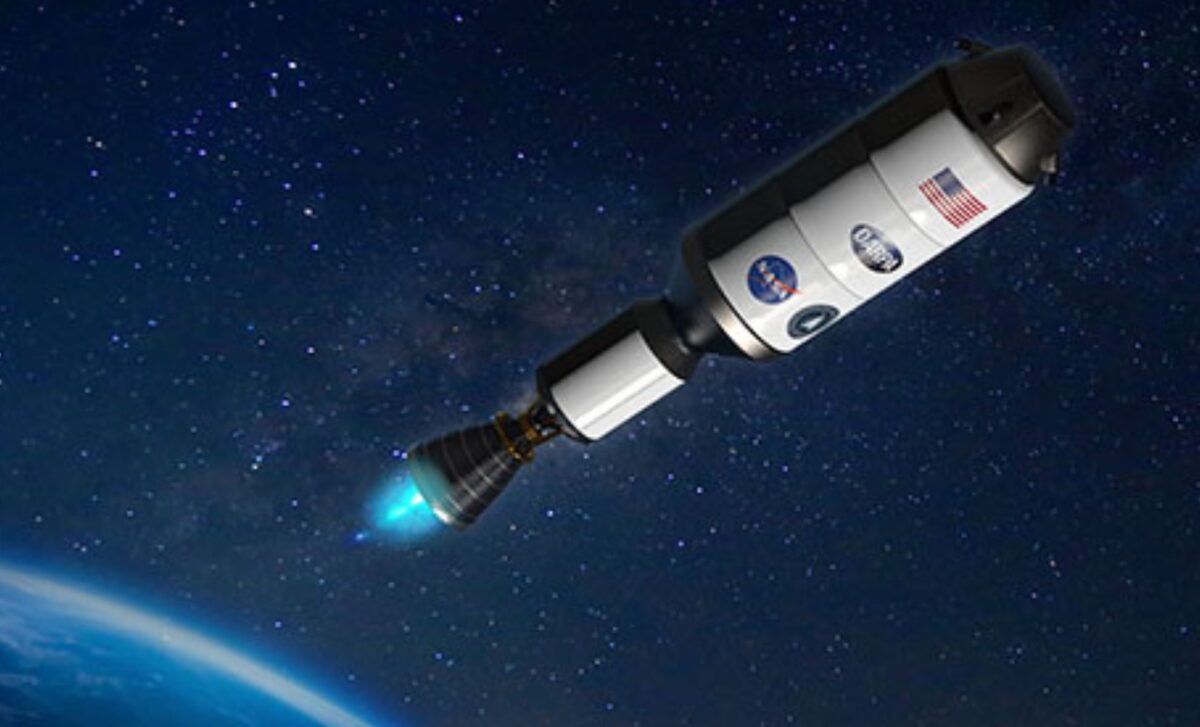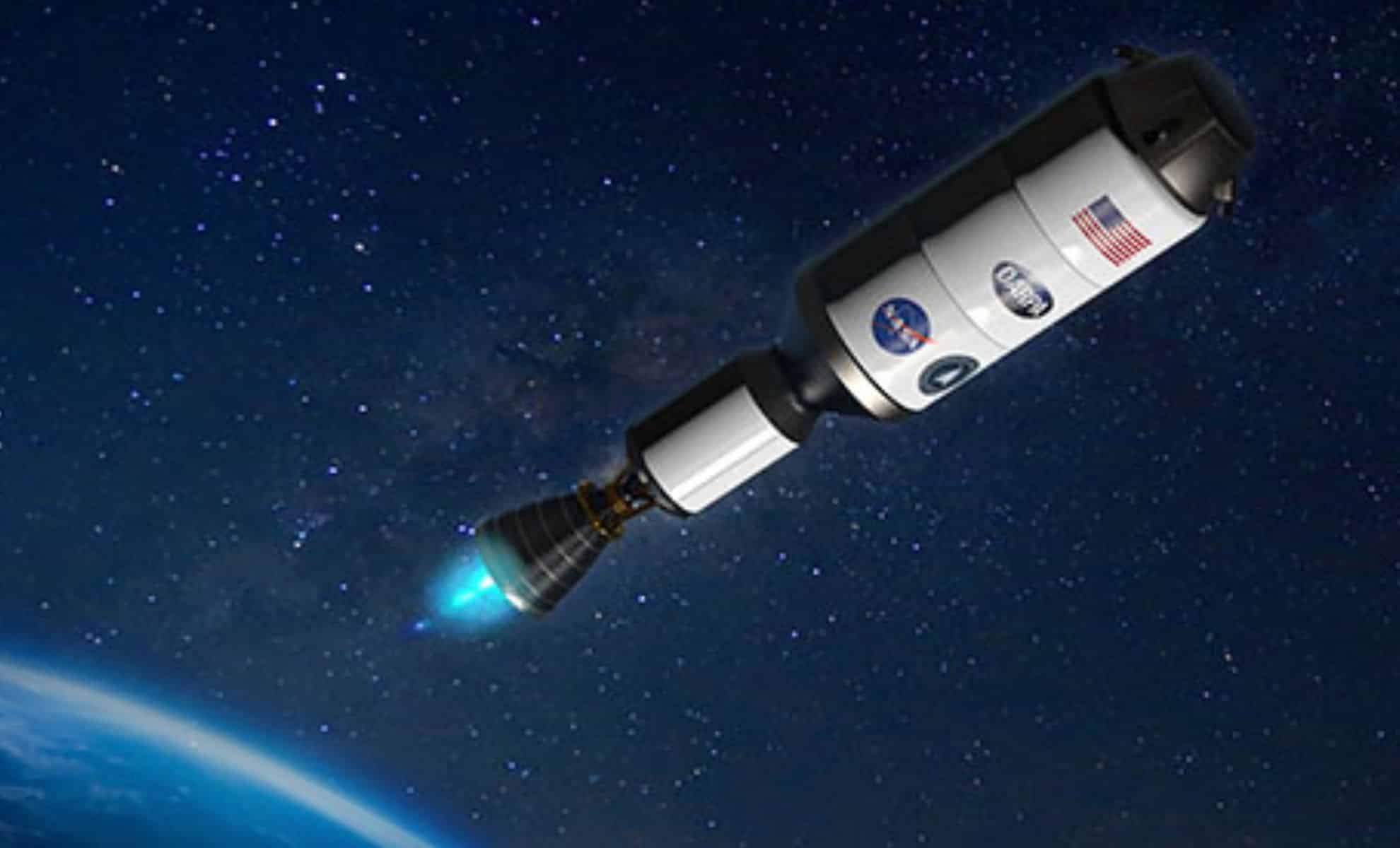NASA and the US military are reviving the development of nuclear-powered spaceships, an endeavor that holds the potential to revolutionize space travel.
The current focus is on the Demonstration Rocket for Agile Cislunar Operations (DRACO) project, a collaboration between NASA and the Defense Advanced Research Projects Agency (DARPA), aiming to leverage nuclear thermal rockets (NTRs) for future missions to Mars and beyond.
Historical Context and the Phoebus 2A Engine
The concept of nuclear-powered rockets is not new. On June 26, 1968, the most powerful nuclear rocket engine ever built, Phoebus 2A, was tested at the Nevada Test Site. The test, which lasted 750 seconds, demonstrated the engine's capability to potentially transport humans to Mars.
However, due to its enormous size, cost, and a shift in focus under then-President Nixon's administration, the project was shelved. Despite this, the idea of nuclear propulsion continued to intrigue scientists and engineers, leading to renewed interest in recent years. Now, with advancements in technology and a renewed focus on deep space exploration, NASA and the military are once again exploring the feasibility of nuclear-powered space travel.
The DRACO Project
The DRACO project represents the latest effort to bring nuclear thermal rockets into practical use. This initiative will use a new type of fuel known as high-assay low-enriched uranium (HALEU) to achieve propulsion. The spacecraft, which is projected to weigh over 600 tons, is designed to significantly reduce travel time to Mars, potentially making the journey in just 297 days.
Although a timeline for its tests has not been disclosed, the ambitious goals set for DRACO underscore the potential of nuclear propulsion to transform space exploration. By using HALEU, the project aims to overcome some of the limitations faced by earlier nuclear propulsion efforts, providing a more efficient and powerful means of space travel.
Military’s Role in Nuclear Propulsion Development
Contrary to popular belief, it was the military, not NASA, that initially championed rockets with nuclear engines. The US Air Force began work on nuclear thermal rockets (NTRs) in the mid-1950s with the Rover program. The military saw potential in these engines for intercontinental ballistic missiles (ICBMs), sparking a renewed interest in this technology. The key advantage of NTRs is their fuel efficiency.
In chemical rockets, hydrogen must be mixed with an oxidizer, which increases the total molecular weight of the propellant but is necessary for combustion. NTRs, however, can operate with pure hydrogen, making them twice as efficient as chemical rockets. This efficiency could be crucial for long-duration missions, such as those to Mars, where fuel resources are limited and efficiency is paramount.
The Science Behind Nuclear Thermal Rockets
Nuclear thermal rockets operate by using turbopumps to feed liquid hydrogen through a nuclear reactor core. This process heats the hydrogen to extremely high temperatures before it is expelled through a nozzle, generating thrust. Unlike chemical rockets that require combustion in a chamber, NTRs heat gas by bringing it into direct contact with a nuclear reactor, leading to greater fuel efficiency.
This method allows for higher specific impulse, a measure of a rocket's efficiency, which is calculated from the square root of the exhaust gas temperature divided by the molecular weight of the propellant. Hydrogen, having the lowest molecular weight, serves as the most efficient propellant, providing a significant advantage for NTRs in space travel.
Challenges in Transitioning to Nuclear Rockets
Transitioning from stationary reactors on Earth to flying reactors presents significant challenges. For instance, NTRs need the core to operate at temperatures reaching 3,000 K—around 1,800 K higher than ground-based reactors. Manufacturing fuel rods that can withstand such temperatures has proven extremely difficult.
Additionally, hydrogen is highly corrosive at these temperatures, especially when interacting with the few materials stable at 3,000 K. Another significant challenge is the use of control rods. In standard reactors on Earth, these rods are gravitationally dropped into the core to moderate the reactor's activity—a method that wouldn't work in flight.
This issue presents a unique problem for engineers and scientists working on NTR technology, further complicating its implementation. Overcoming these challenges is essential to making nuclear propulsion a viable option for space exploration.




